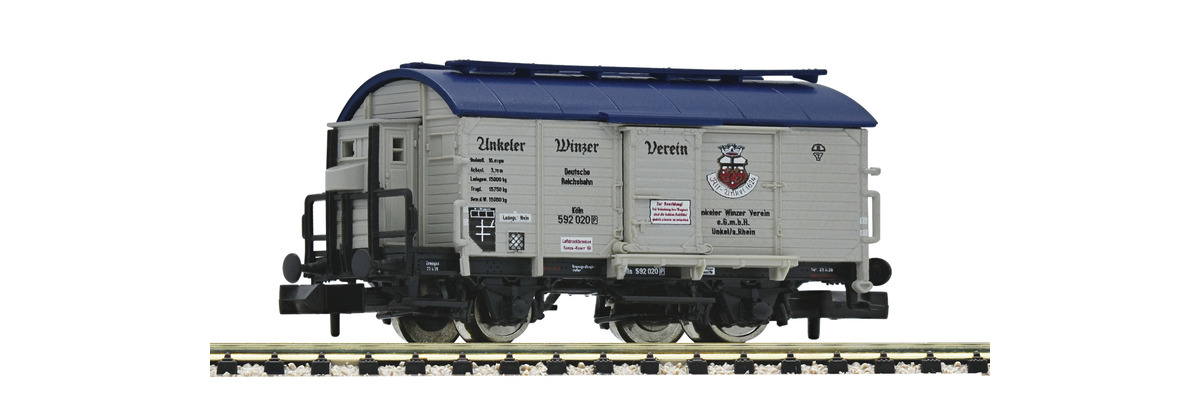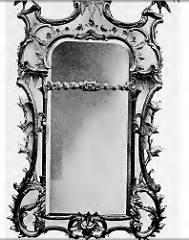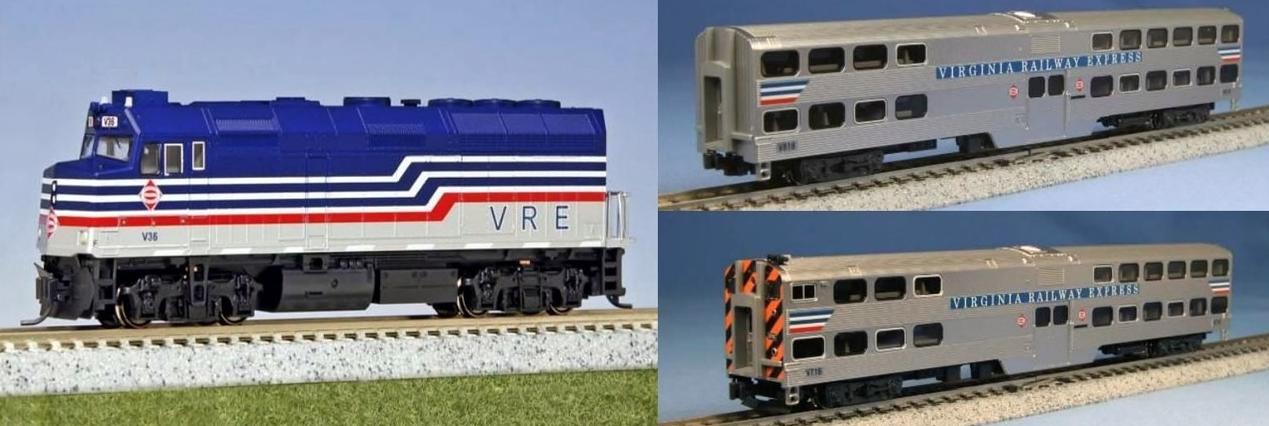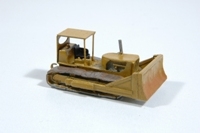Model Information: Model introduced in 2017. Wine tank wagon with brakeman‘s cab.
A total of 553 tank wagons - 180 of which were closed vehicles - were delivered by MAN to the German Winery Association (Deutschen Weinkesselwagen-Gesellschaft m.b.H.), Kitzingen, and to other European countries from 1919 onwards.
Like the H0 model, the new design in N Gauge features a close coupler with guide mechanism (NEM 355) and movable sliding doors that let you look inside the wagon at its two wine barrels.
Highlights: Two movable sliding doors; Replica of the wine tank; Finely detailed; With close coupling mechanism.
A total of 553 tank wagons - 180 of which were closed vehicles - were delivered by MAN to the German Winery Association (Deutschen Weinkesselwagen-Gesellschaft m.b.H.), Kitzingen, and to other European countries from 1919 onwards.
Like the H0 model, the new design in N Gauge features a close coupler with guide mechanism (NEM 355) and movable sliding doors that let you look inside the wagon at its two wine barrels.
Highlights: Two movable sliding doors; Replica of the wine tank; Finely detailed; With close coupling mechanism.
Prototype History: Wine barrel cars are freight cars with wooden wine barrels installed on them. They can be referred to as foudre, from the French term for these large wine barrels. A two-barrel car was designated as bi-foudre.
This special type of tank wagon was set up by private wine merchants from several continental European countries. Most of these cars were built in the first quarter of the 20th century. Due to regular thefts and high repair costs, they were later manufactured in a closed construction, partly with roof domes. From the 1960s, they were replaced by tank cars.
This special type of tank wagon was set up by private wine merchants from several continental European countries. Most of these cars were built in the first quarter of the 20th century. Due to regular thefts and high repair costs, they were later manufactured in a closed construction, partly with roof domes. From the 1960s, they were replaced by tank cars.
Road Name History: 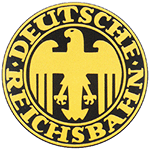 The Deutsche Reichsbahn, also known as the German Reich Railway or the German Imperial Railway, was the name of the German national railway created from the railways of the individual states of the German Empire following the end of World War I.
The Deutsche Reichsbahn, also known as the German Reich Railway or the German Imperial Railway, was the name of the German national railway created from the railways of the individual states of the German Empire following the end of World War I.
The company was founded in 1920 as the Deutsche Reichseisenbahnen when the Weimar Republic, formally known as Deutsches Reich (German Reich, hence the usage of the Reich in the name of the railway), took national control of the German railways, which had previously been run by the German states. In 1924 it was reorganised under the aegis of the Deutsche Reichsbahn-Gesellschaft (DRG), a nominally private railway company, which was 100% owned by the German state. In 1937 the railway was reorganised again as a state authority and given the name Deutsche Reichsbahn (DRB). After the Anschluss in 1938 the DR also took over the Bundesbahn Osterreich (BBO, Federal Railway of Austria).
The East and West German states were founded in 1949. East Germany took over the control of the DR on its territory and continued to use the traditional name Deutsche Reichsbahn, while the railway in West Germany became the Deutsche Bundesbahn (DB, German Federal Railway). The Austrian Osterreichische Bundesbahnen (OBB, Austrian Federal Railways) was founded in 1945, and was given its present name in 1947.
In January 1994, following the German union, the East German Deutsche Reichsbahn merged with the West German Deutsche Bundesbahn to form Germany's new national carrier, Deutsche Bahn AG, technically no longer a government agency but still a 100% state-owned joint stock company.

The company was founded in 1920 as the Deutsche Reichseisenbahnen when the Weimar Republic, formally known as Deutsches Reich (German Reich, hence the usage of the Reich in the name of the railway), took national control of the German railways, which had previously been run by the German states. In 1924 it was reorganised under the aegis of the Deutsche Reichsbahn-Gesellschaft (DRG), a nominally private railway company, which was 100% owned by the German state. In 1937 the railway was reorganised again as a state authority and given the name Deutsche Reichsbahn (DRB). After the Anschluss in 1938 the DR also took over the Bundesbahn Osterreich (BBO, Federal Railway of Austria).
The East and West German states were founded in 1949. East Germany took over the control of the DR on its territory and continued to use the traditional name Deutsche Reichsbahn, while the railway in West Germany became the Deutsche Bundesbahn (DB, German Federal Railway). The Austrian Osterreichische Bundesbahnen (OBB, Austrian Federal Railways) was founded in 1945, and was given its present name in 1947.
In January 1994, following the German union, the East German Deutsche Reichsbahn merged with the West German Deutsche Bundesbahn to form Germany's new national carrier, Deutsche Bahn AG, technically no longer a government agency but still a 100% state-owned joint stock company.
Brand/Importer Information: As a high-quality company we set the standard when it comes to prototype fidelity and functionality. Our aim is to enthrall novices and experts alike and to be the enduring long-term partner for a fascinating hobby that spans all generations. We achieve this with the true-to-detail design and the reliability of our models and with innovations that offer a new dimension in the play value and fun factor. The high commitment to quality that has characterised Fleischmann for more than 125 years has ensured our company?s position as an internationally leading brand for model railways.
Small-scale greatness. Its comprehensive range in the N scale makes Fleischmann the international market leader in this sector. There are over 350 highly detailed models to choose from in the space-saving 9-mm gauge. Continuous and targeted extension of the range will allow Fleischmann to expand its competitive edge in the future.
Small-scale greatness. Its comprehensive range in the N scale makes Fleischmann the international market leader in this sector. There are over 350 highly detailed models to choose from in the space-saving 9-mm gauge. Continuous and targeted extension of the range will allow Fleischmann to expand its competitive edge in the future.
Item created by: mbierbauer on 2019-04-30 23:05:55. Last edited by CNW400 on 2020-07-22 12:51:37
If you see errors or missing data in this entry, please feel free to log in and edit it. Anyone with a Gmail account can log in instantly.
If you see errors or missing data in this entry, please feel free to log in and edit it. Anyone with a Gmail account can log in instantly.


